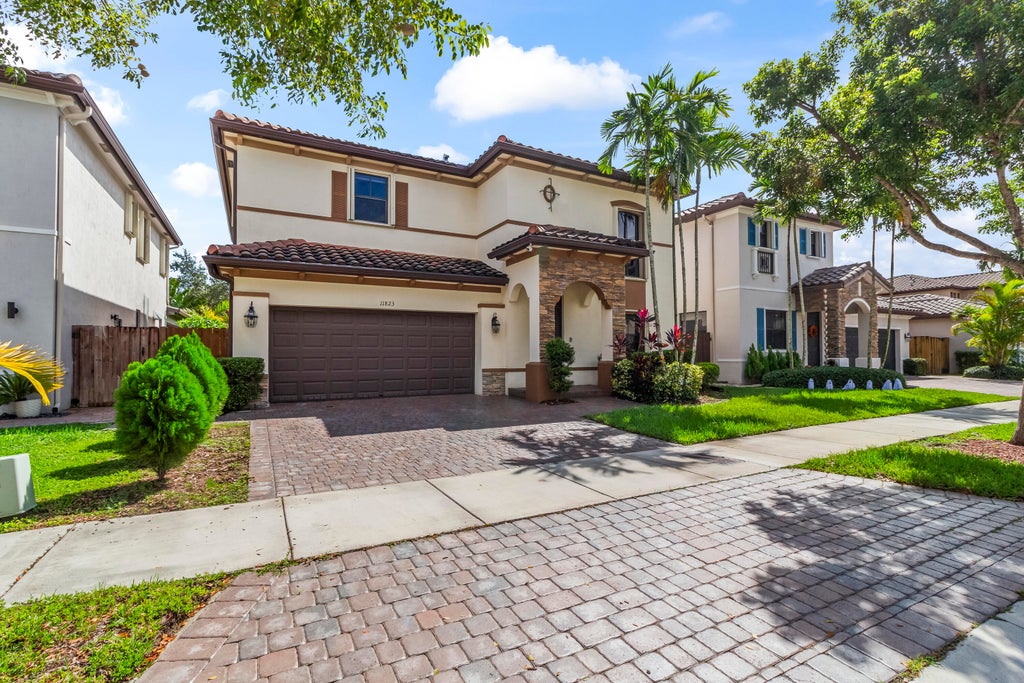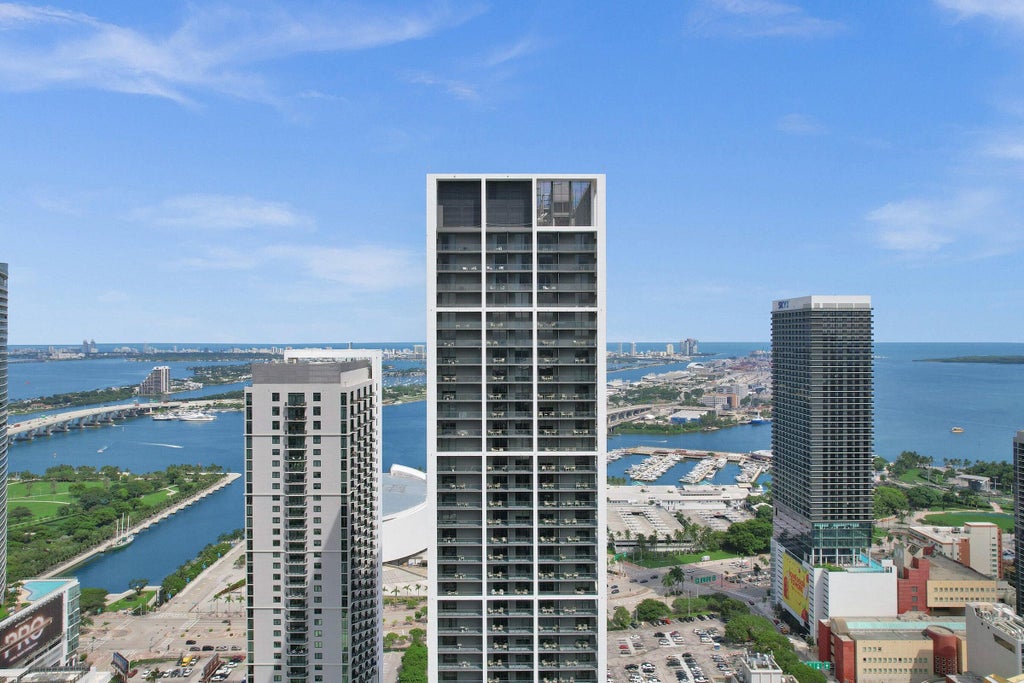Miami-Dade Real Estate Statistics
| Average Price | $1.5M |
|---|---|
| Lowest Price | $310K |
| Highest Price | $26M |
| Total Listings | 232 |
| Avg. Price/SQFT | $673 |
Property Types (active listings)
Search Miami-Dade County Real Estate Listings
- All Listings
- $300,000 - $400,000
- $400,000 - $500,000
- $500,000 - $600,000
- $600,000 - $700,000
- $700,000 - $800,000
- $800,000 - $900,000
- $900,000 - $1,000,000
- Over $1,000,000
Miami-Dade County Area Overview
Miami-Dade County covers nearly 2,000 square miles, stretching from Atlantic shorelines to the wetlands of the Everglades. It includes 34 incorporated municipalities along with large unincorporated zones, each reflecting unique histories and development patterns. Early inhabitants, including native tribes and Spanish settlers, laid the groundwork for present-day Miami, Hialeah, Homestead, and numerous other spots. Over decades, expansions in education, health care, and commerce have drawn newcomers from around the globe. This dynamic area continues to grow through major infrastructure efforts, diverse job opportunities, and a steady influx of residents.
The county’s population surge prompted a layered government system, balancing city-level and countywide functions. In addition to iconic metropolitan districts like Brickell or Wynwood, more rural sections near Redland accommodate agriculture, focusing on produce and flowers. Popular attractions include beaches, major sports venues, and historical landmarks. The region’s main hub, Downtown Miami, mixes international trade, cultural institutions, and financial headquarters. Altogether, Miami-Dade’s sprawling footprint combines cosmopolitan segments with suburban homes and natural preserves.
Miami-Dade, Florida Real Estate
Prospective buyers in Miami-Dade encounter a wide selection of properties, ranging from high-rise condominiums along Biscayne Bay to single-family homes in quieter areas. Price levels reflect location, design features, and proximity to schools, transport routes, or coastal access. First-time homeowners often look at suburban developments in Kendall or Miami Lakes, while luxury seekers aim for exclusive waterfront homes in Coral Gables or Miami Beach. Many neighborhoods feature mid-century styles, especially in areas near the urban core, whereas recent builds incorporate modern designs and smart-home technologies. Factors such as property taxes, maintenance fees, and homeowners’ association rules also play into each purchasing decision.
Condominium towers cater to those who crave shorter commutes or a lock-and-leave lifestyle. Single-story ranch homes in older spots like Westchester or Pinecrest appeal to families wanting yards and local parks. Buyers with larger budgets scout penthouse units sporting panoramic views or expansive estates with ample grounds. Historic districts add architectural variety, plus potential renovation or restoration opportunities. The vibrant real estate mix results from consistent population gains, making inventory a balancing act between new construction and existing stock.
Things to Do In Miami-Dade, FL
The region offers many outdoor recreations, from beach relaxation to waterways perfect for boating or fishing. Visitors can tour Biscayne National Park for glimpses of coral reefs, mangroves, and unique marine life. Downtown districts like Wynwood and the Design District host art galleries and experimental eateries, blending creativity with dining experiences. For something more local, weekend farmers’ markets pop up in neighborhoods, showcasing fresh produce and artisanal treats. Live performances, ranging from Latin music events to popular festivals, fill a varied entertainment calendar.
Major sports venues also draw crowds, with Hard Rock Stadium hosting football and tennis while LoanDepot Park spotlights baseball. The county’s diverse cuisine sees Cuban coffee stands, Caribbean fusion spots, and international fine dining coexisting side by side. Many residents enjoy day trips to the Everglades for guided airboat tours and scenic trails. Frequent arts festivals bring in global exhibitors, turning entire blocks into open-air displays. Late-night lounges and rooftop bars add an extra layer to the county’s after-dark activities.
Family-friendly attractions are abundant, including Zoo Miami and Jungle Island, home to exotic animals and interactive shows. Museum Park in Downtown Miami offers the Pérez Art Museum Miami and the Phillip and Patricia Frost Museum of Science, catering to those seeking cultural or educational outings. Along the coast, watersports enthusiasts sign up for windsurfing, kitesurfing, or paddleboarding sessions. Popular events like the Calle Ocho Festival celebrate heritage, music, and regional flavors. From fast-paced sporting arenas to tranquil coastal boardwalks, there is no shortage of experiences for every kind of interest.
Education within Miami-Dade
A range of public, private, and post-secondary institutions serve Miami-Dade County, including some of the following:
Elementary Schools
- Southside Elementary
- Riverside Elementary
- North Beach Elementary
- Westchester Elementary
- Coral Gables Elementary
- Poinciana Park Elementary
- Miami Beach Fienberg/Fisher K-8
High Schools
- Miami Senior High
- Coral Reef High
- New World School of the Arts
- Booker T. Washington Senior High
- Miami Northwestern
- Hialeah High
- Homestead High
Post-Secondary
- Miami Dade College
- Florida International University
- University of Miami
- St. Thomas University
- Barry University
- Florida Memorial University
Frequently Asked Questions
How safe are most communities within Miami-Dade County?
Crime rates vary by neighborhood, with urban cores generally seeing more activity. Many cities have visible patrols and resident-led watch groups, promoting a measured sense of security. Individuals often consult local reports or city resources for detailed insights on specific blocks.
Do hospitals or clinics lie within convenient distances?
Major medical centers such as Jackson Memorial and Baptist Hospital operate in central areas, with branches found throughout the county. Independent clinics and urgent care facilities help handle less critical appointments. Most areas have a hospital within a short drive, making specialized treatments accessible.
Is it possible to rely on public transit for everyday errands?
Metrorail, Metromover, and Metrobus routes serve principal corridors, aiding those who prefer not to drive. However, traffic congestion and route frequency can still impact travel times. Suburbs may require a personal vehicle for larger errands, though local trolleys or ride-share services offer alternatives in some zones.
Does road congestion heavily affect commutes in Miami-Dade County?
Highways like I-95 and the Dolphin Expressway endure peak-hour backups. Many employees stagger schedules or utilize carpooling to avoid heavy slowdowns. Meanwhile, expansion projects and managed lanes attempt to alleviate choke points, yet rush-hour delays persist for many drivers.

Start searching for your Florida dream home now.
Buying or selling a home in Florida takes local expertise and the right guidance. Our team at Coastal Real Estate Professionals, led by Zach Greenberg, understands the markets across Palm Beach, Broward, Martin, and St. Lucie Counties.
Connect with us today to start your real estate search with a team that puts your goals first.

.jpg)



